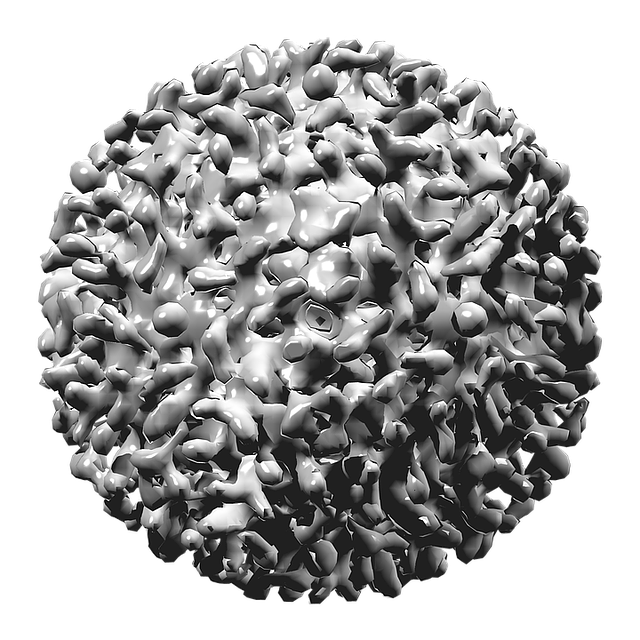New data presented at this year’s World Hepatitis Summit in Sao Paulo, Brazil (1-3 November) show that 52 million children are living with viral hepatitis worldwide, compared to 2.1 million children living with HIV/AIDS.

An estimated 325 million people were living with viral hepatitis worldwide in 2016. Of these, 4 million were children living with hepatitis C (under 19 years) and 48 million (under 18 years) were children living with hepatitis B. Both viruses can lead to liver disease, liver cancer and deaths.
“Children are suffering a huge burden of viral hepatitis worldwide, and the public health implications of this are enormous,” says Raquel Peck, CEO of World Hepatitis Alliance. “Most infected infants and children are not diagnosed, prioritised or treated effectively.”
According to new analysis on hepatitis C in children, from Manal El-Sayed, Professor of Pediatrics at Ain Shams University, Cairo, Egypt, and Dr Homie Razavi and his team from the Polaris Observatory, the Center for Disease Analysis (CDA) Foundation, Lafayette, CO, USA, just 21 countries* are responsible for around 80% of these pediatric hepatitis C infections, with the highest prevalence rates generally found in developing countries.
Mother to Child Transmission is one of the main causes of hepatitis C in children. However, neither pregnant women nor young children with this cancer-causing illness can be treated with the highly-effective direct-acting antiviral (DAA) medications. Various regulatory agencies such as the US FDA and the European Medicines Agency have now approved DAAs for use in children aged 12 years and over*. But in high-income countries, there is as yet little evidence they are being used in this age group. WHO is also yet to recommend DAA in any children regardless of age.
As a result, almost all children are only treated with older pegylated interferon regimens, which often have severe side effects including stunting growth, influenza-like symptoms, anaemia and weight loss, and do not always cure the virus. Trials of DAA drugs in children under 12 years are also ongoing, but they have not been approved yet in any country for these younger children.
“Currently, 4 million children are living with hepatitis C, which can be cured and 48 million with hepatitis B, which has a vaccine”, said Charles Gore, President of the World Hepatitis Alliance. “Enough is enough. Governments and global health organisations must ensure all children are vaccinated for hepatitis B and provided with DAAs for hepatitis C, and that all pregnant women are screened.”
Compared to hepatitis C, new hepatitis B infections among children are declining -from approximately 4.7% prevalence in the pre-vaccination era of the early 1980s to 1.3% – due to scaled-up efforts to prevent mother-to-child transmission and global coverage with the three doses of hepatitis B vaccine. Currently, 84% of countries offer hepatitis B vaccinations. However, coverage with the initial birth dose vaccination needed to provide protection to newborns, is still low at 39%.
Cases of hepatitis C in children are, however, likely to continue growing for years to come, given the lack of prevention and control programs for pregnant women living with hepatitis C and women of child bearing age. This is exacerbated by the absence of a public health approach for case definition and management of expectant mothers or children.
“We must act and treat as many children as possible. The economic and social benefit of early hepatitis C treatment in children is substantial,” Professor El-Sayed explains. “This includes avoiding disease progression, removing social stigma and improving activity and school performance, and reducing fatigue. However, the fundamental principle is to avoid transmission by adopting ‘cure as prevention’ at an early age and before high risk behaviours emerge that enable transmission.”
“Children are the future.” Peck concluded. “It’s imperative that we get it right from the beginning and give them the best possible start in life. Without eliminating viral hepatitis amongst children, its elimination will be impossible”.
Related:


3 thoughts on “52 million children living with viral hepatitis globally: New data”